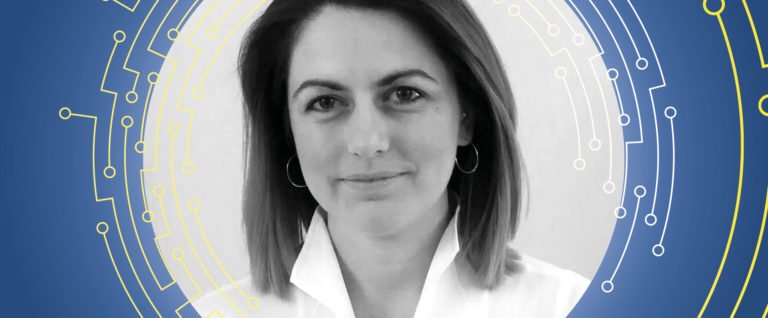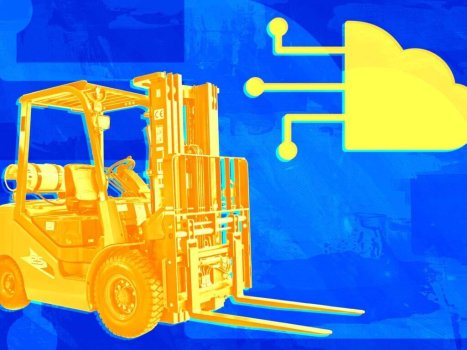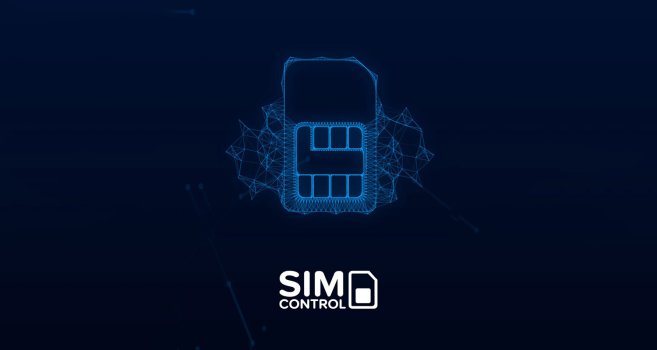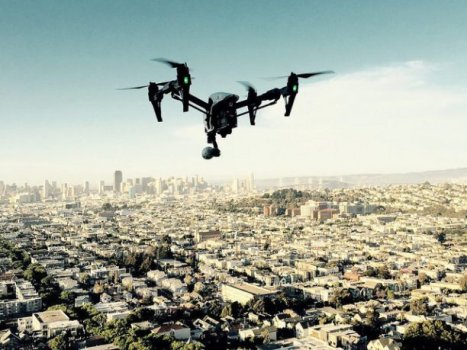'Rising High': Women tech leaders on cracking 'glass ceiling'
- Technology Workforce
- 0 Replies
Despite gender diversity programs, women in the technology sector around the globe still struggle with discrimination and lack of opportunities. And when it comes to promoting women to mid-senior and senior leadership positions, the path is still not smooth.
Whether deliberate or unconscious, bias makes it difficult for women to move ahead. But knowing that bias exists isn't enough and action is needed to level the playing field.
The tech industry has a long way to go toward achieving equality in the workplace, and in the post-Covid world, it is important to think about the future of work for women in technology.
People Matters gathered insights from women who made it to the top in the technology sector on how they broke the glass ceiling and can inspire others to follow suit, the new challenges for women in tech, and on the changing future of work.
‘Challenges inevitable, but also opportunity to emerge stronger’
More women are joining the workforce and assuming leadership roles across industries, which is an encouraging sign.
“While it is a fact that gender bias and discrimination are not fully eradicated from the workplace, the situation today has vastly improved from what it was a few years ago. Cybersecurity, in particular, has always been a male-dominated industry, however, the pandemic and the increasing democratization of technology has helped create more access and caused significant workforce disruption, for women especially.
Continue reading: https://www.peoplematters.in/article/diversity/rising-high-women-tech-leaders-on-cracking-glass-ceiling-33416
Whether deliberate or unconscious, bias makes it difficult for women to move ahead. But knowing that bias exists isn't enough and action is needed to level the playing field.
The tech industry has a long way to go toward achieving equality in the workplace, and in the post-Covid world, it is important to think about the future of work for women in technology.
People Matters gathered insights from women who made it to the top in the technology sector on how they broke the glass ceiling and can inspire others to follow suit, the new challenges for women in tech, and on the changing future of work.
‘Challenges inevitable, but also opportunity to emerge stronger’
More women are joining the workforce and assuming leadership roles across industries, which is an encouraging sign.
“While it is a fact that gender bias and discrimination are not fully eradicated from the workplace, the situation today has vastly improved from what it was a few years ago. Cybersecurity, in particular, has always been a male-dominated industry, however, the pandemic and the increasing democratization of technology has helped create more access and caused significant workforce disruption, for women especially.
Continue reading: https://www.peoplematters.in/article/diversity/rising-high-women-tech-leaders-on-cracking-glass-ceiling-33416

























